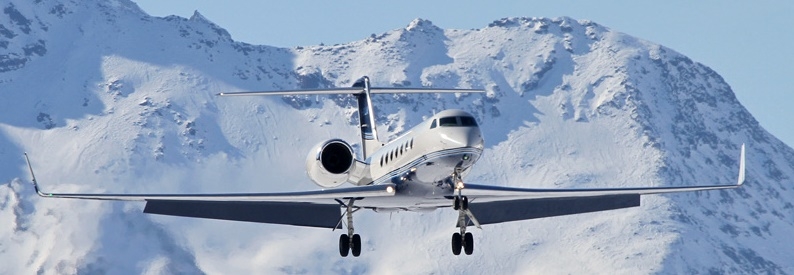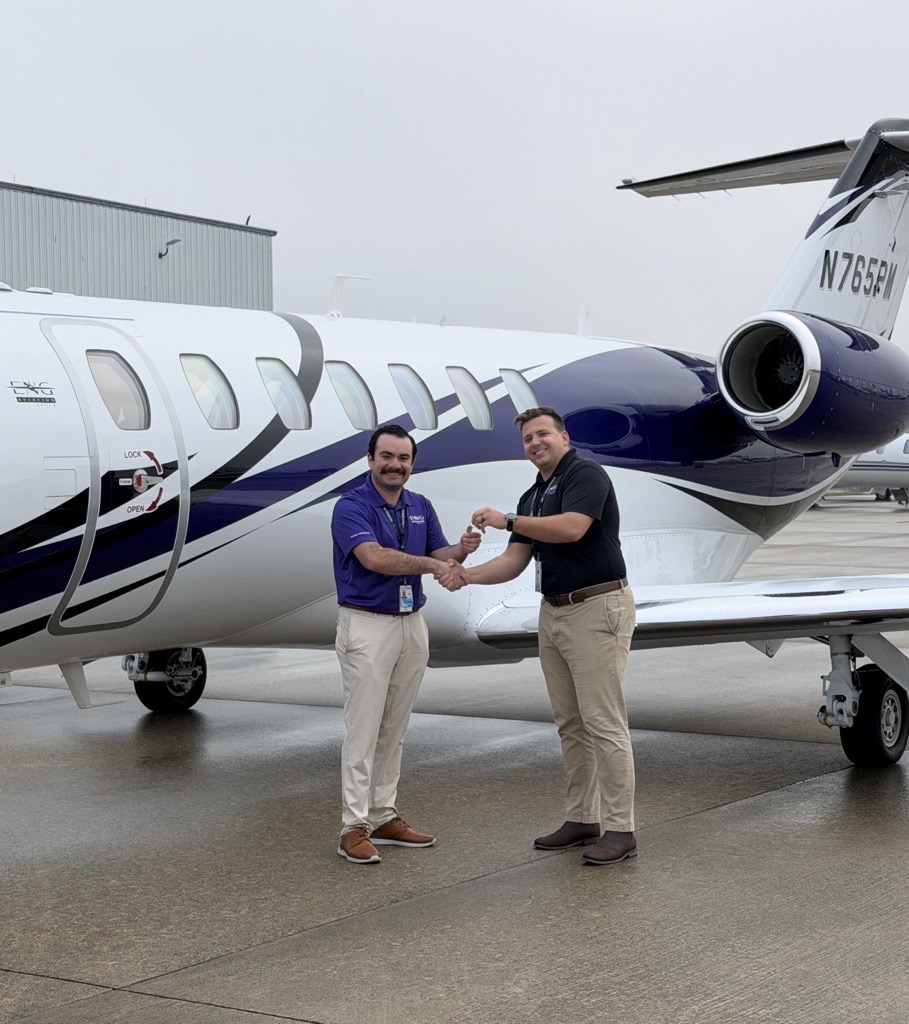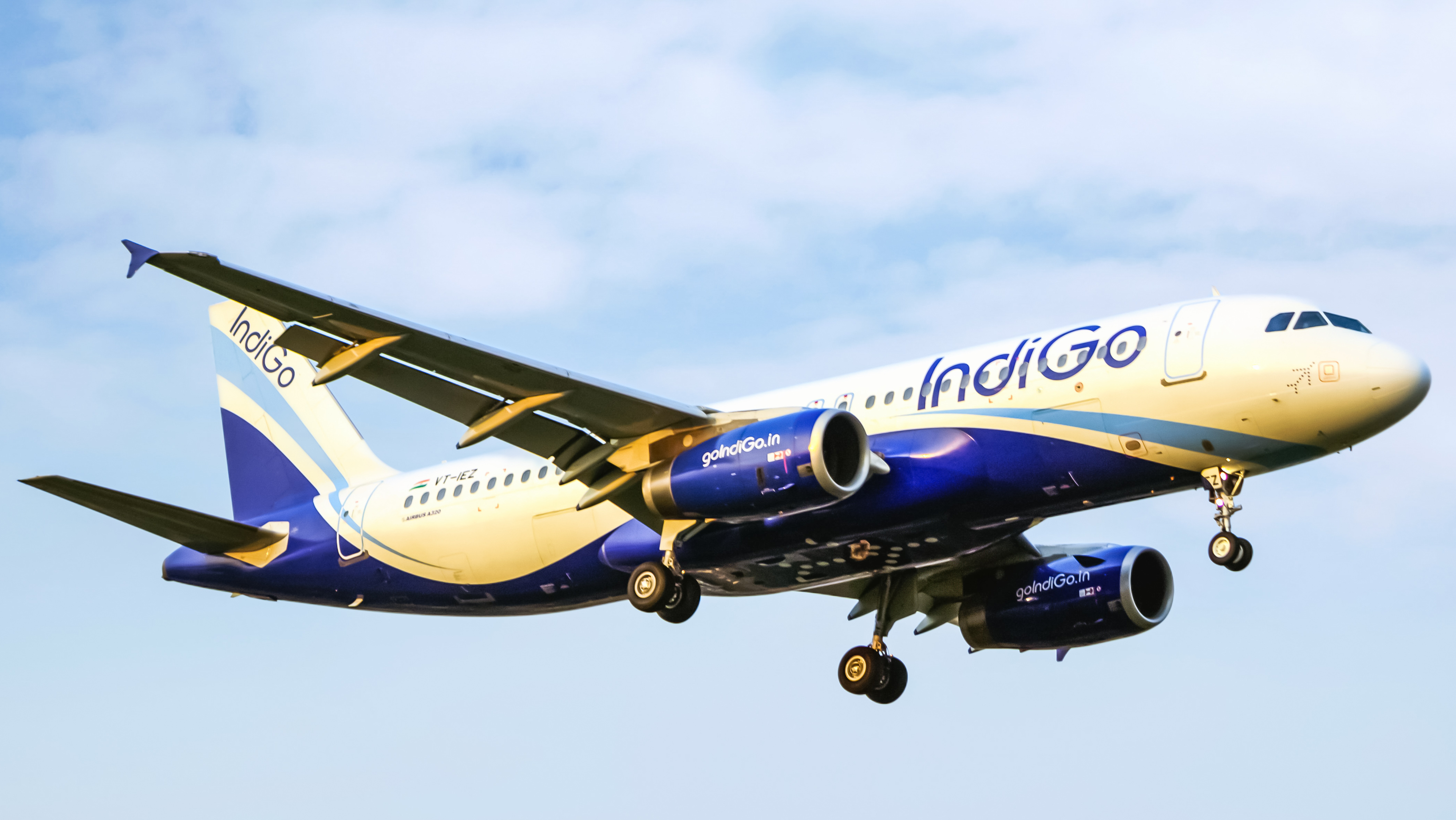Airspace Times
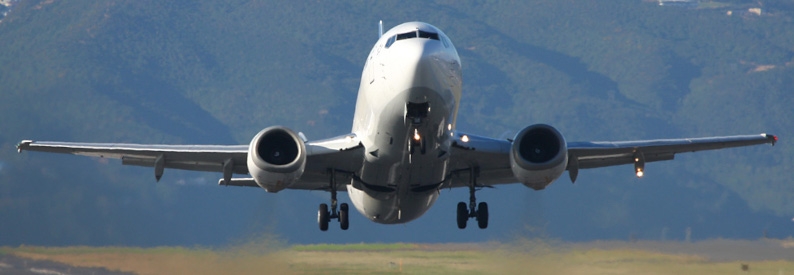


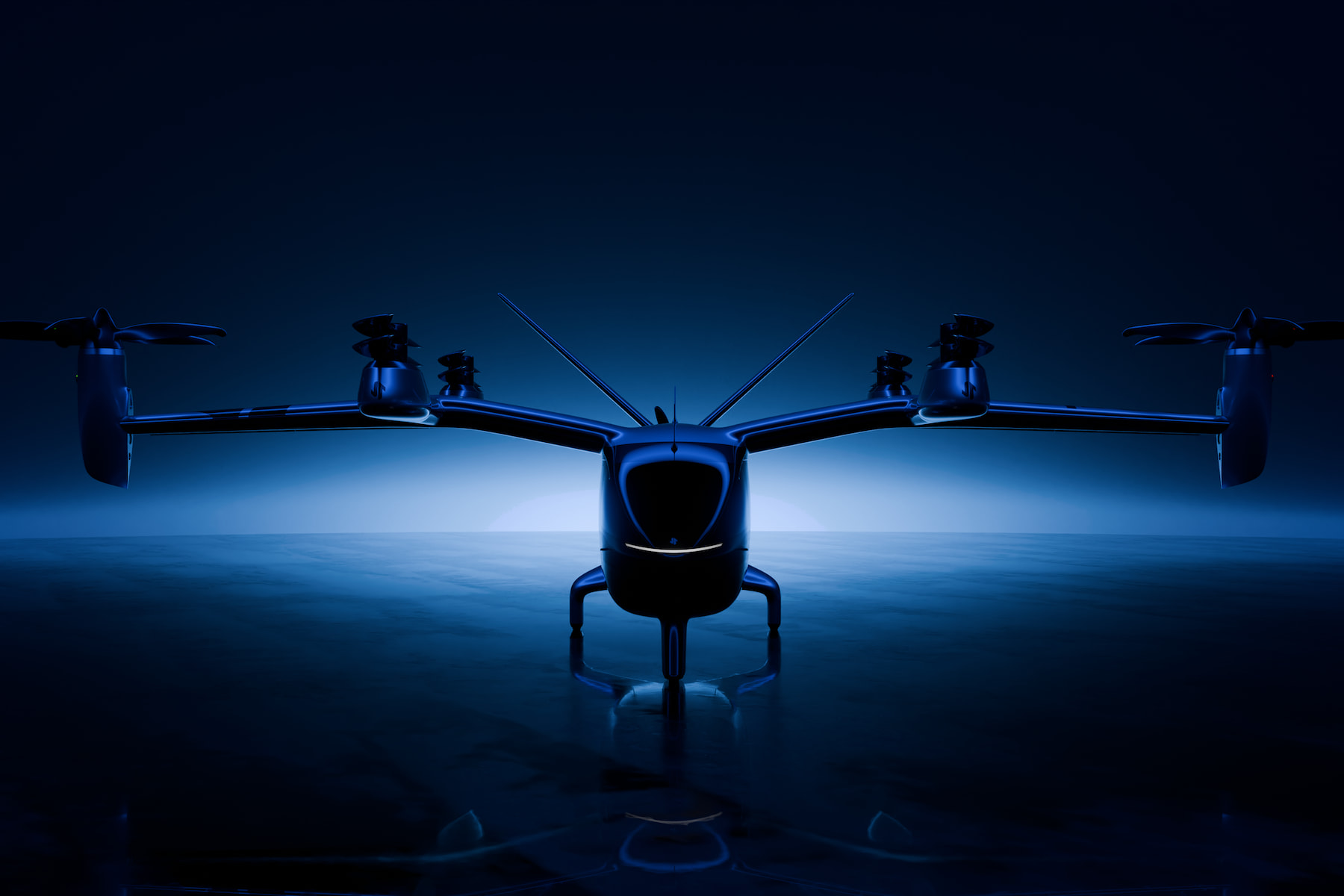

Latest news
Trending
Airlines
Airline comparisons
Popular Airports
Rankings
List of Busiest Airports by Passenger Traffic (2024)
This ranking presents the world’s 50 busiest airports by total passenger traffic for the year 2024, based on Airports Council International (ACI) data. Passenger traffic includes all departing, arriving, and connecting passengers. The list highlights global aviation hubs across North America, Asia, Europe, and the Middle East that handle the highest annual volumes of travelers.
Updated: 13/12/2025
Search your flight
powered by We Do Dev Work 
We use cookies and similar technologies to enhance your Browse experience, personalize content and ads, provide social media features, and analyze our traffic. By clicking 'Accept All' or continuing to use our website, you consent to the use of cookies as described in our Cookie Policy

